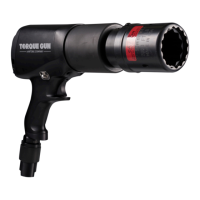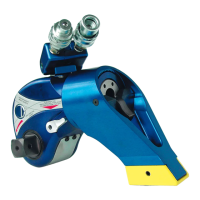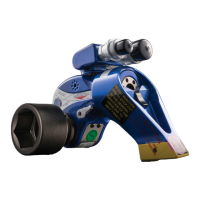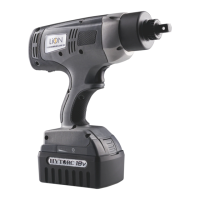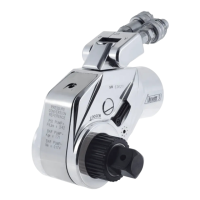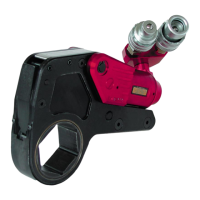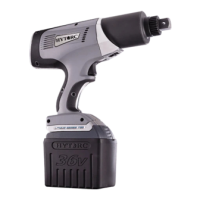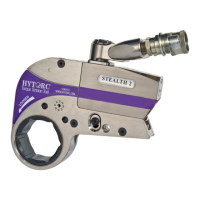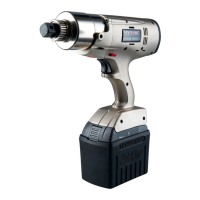10
6.2.2.12 Noise hazards
— Exposure to high noise levels can cause permanent, disabling hearing loss and other problems,
such as tinnitus (ringing, buzzing, whistling or humming in the ears). Therefore a risk assessment and
implementation of appropriate controls for these hazards are essential.
— Appropriate controls to reduce the risk may include actions such as damping materials to prevent
workpieces from “ringing”.
— Use hearing protection in accordance with employer’s instructions and as required by occupational
health and safety regulations.
— Operate and maintain the assembly power tool for threaded fasteners as recommended in the
instructions handbook, to prevent an unnecessary increase in noise levels.
— If the assembly power tool for threaded fasteners has a silencer, always ensure it is in place and in
good working order when the assembly power tool for threaded fasteners is operating.
— Select, maintain and replace the consumable/inserted tool as recommended in the instructions
handbook, to prevent an unnecessary increase in noise.
6.2.2.13 Vibration hazards
The information for use shall draw attention to vibration hazards that have not been eliminated by
design and construction and remain as residual vibration risks. It shall enable employers to identify
the circumstances in which the operator is likely to be at risk from vibration exposure. If the vibration
emission value obtained using ISO 28927-2 does not adequately represent the vibration emission in
the intended uses (and foreseeable misuses) of the machine, additional information shall be supplied to
enable the risks arising from vibration to be assessed and managed.
For recommended interface dimensions for spindles and drive adapters to help reduce vibrations, see
ISO/TS 21108.
— Exposure to vibration can cause disabling damage to the nerves and blood supply of the hands and
arms.
— Keep the hands away from the nutrunner sockets.
— Wear warm clothing when working in cold conditions and keep your hands warm and dry.
— If you experience numbness, tingling, pain or whitening of the skin in your ngers or hands, stop using
the assembly power tool for threaded fasteners, tell your employer and consult a physician.
— Operate and maintain the assembly power tool for threaded fasteners as recommended in the
instructions handbook, to prevent an unnecessary increase in vibration levels.
— Do not use worn or ill-tting sockets or extensions, as this is likely to cause a substantial increase in
vibration.
— Select, maintain and replace the consumable/inserted tool as recommended in the instructions
handbook, to prevent an unnecessary increase in vibration levels.
— Sleeve ttings should be used where practicable.
— Support the weight of the tool in a stand, tensioner or balancer, if possible.
— Hold the tool with a light but safe grip, taking account of the required hand reaction forces, because
the risk from vibration is generally greater when the grip force is higher.
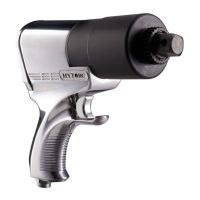
